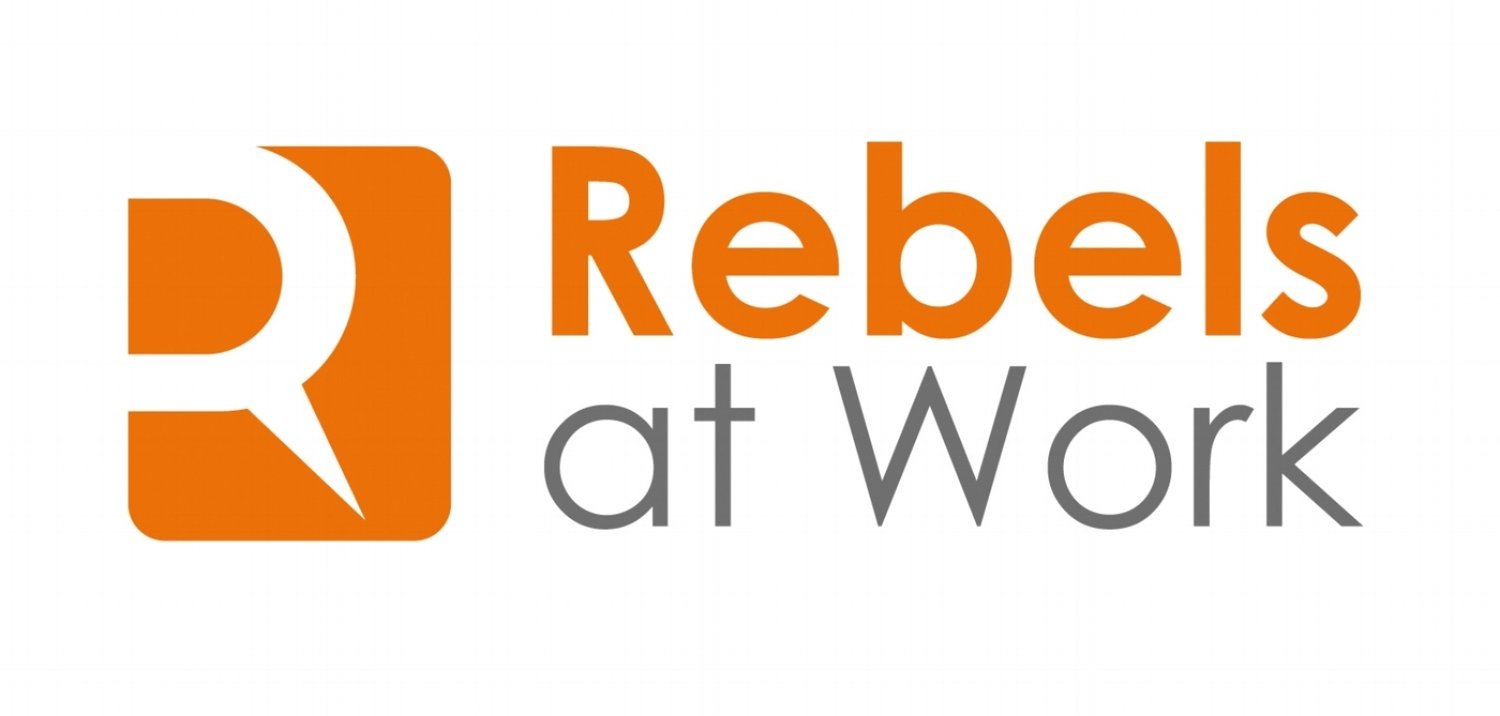Always Learning
Rebels at Work has been a thing for more than 15 years now so you might assume there’s not a whole lot more Lois Kelly and I could learn about the struggles of so many of you to make things better at work. But our curiosity continues to be rewarded with more insight and helpful advice and, sadly, with stories of frustration and failures, some noble and some just plain ugly. Here’s a few learnings that stand out in recent weeks.
1. The Strategic Leverage of Adjacency. An innovation leader recently offered an interesting rule of thumb. She only pursues new ideas that are “one adjacency removed” from her company’s core business areas. This concept is actually similar to our advice that rebels find a way to tuck their new ideas within the value framework of their organization. Is there something that the executive suite cares about that your idea contributes to? Hijacking the status quo’s values to advance new ideas always provides an easier path forward.
But the phrase “one adjacency removed” got me to thinking about whether there is a way to measure adjacency. How do you know you’re only one adjacency away from core business areas and values? Well, changing tactics to achieve the same goal ought to be just one adjacency removed, although I think we all know that many organizations become so wedded to tactics that they are inseparable from goals and values. I thought this was the case at CIA, where secrecy was often pursued for its own sake.
Another way to think about adjacency is to attempt to predict how much disruption your new idea will create for the organization: how hard or easy will it be to get going? Organizations value smoothness and consistency and the less disruption you cause the more your idea will be tolerated. New training, significant new budget outlays, creation of new departments, new performance standards—you can think of each of these as occupying important squares on the organization’s checkers’ board. Which is just another way of explaining why big, complicated change efforts are such slogs.
I doubt there’s a precise way to measure adjacency but cataloging your organization’s activities and operations as core and/or adjacent—however imprecisely—will certainly make you a smarter and more nuanced change agent. Pay attention to how people are incentivized and promoted to get a sense of what the organization cares about beyond its stated values. It’s not uncommon, for example, for individuals who follow rules to get more rewards than those who’ve delivered impressive mission impact while breaking crockery here or there.
2. Auditing Power. Do you really know how power works in your organization? Power is much more than the individuals at the top of a hierarchy. An organization’s power structure evolves over time and embeds itself in all sorts of nooks and crannies. How are people hired and promoted? Who gets to work at home and who has to come into the office? Which regulations matter and which don’t? (Again, not our idea but something we heard recently from a wise person.)
The way power is exercised in organizations can be tricky to uncover. We wrote about a classic example last year when we described how the dimensions of fighter jet cockpits in the Air Force had made it impossible for most women (and short men) to qualify as fighter pilots. https://www.rebelsatwork.com/blog/2021/6/22/the-orthodoxy-of-tribes Changing the practices of power involves much more than changing the leaders at the top. Even new leaders who are committed to shaking things up end up being shackled by the Status Quo’s most powerful weapons: the organization’s calendar and its metrics.
Serendipity
3. Embrace Serendipity. As I get older, I become more and more task-phobic. Putting something on my To-Do list is actually a way to guarantee that it won’t get done, at least not for a really long time. Luckily, my task phobia translates into a strategic asset—because my nose is far from the grindstone, I can see and take advantage of opportunities that would be overlooked if I were otherwise occupied.
Serendipity deserves respect as an approach to better living and working. When everything is planned out to the nth degree, we are in essence doubling down on our biases and assumptions. Finding new people to talk to, attending functions on unfamiliar topics, and leaving occasional blocks of time unscheduled are all ways of inviting serendipity into our lives. And for Rebels at Work, serendipity can provide new ways to reframe their ideas and/or new colleagues to support their efforts.
So, if you want to start introducing more serendipity in your life, I offer the following. The five links below connect to content that may surprise you or delight you or confound you or bore you but, in any case, is far removed from our usual topics at Rebels at Work. Click on one or all of them and refresh your mind. You’re welcome.
Article Ruby
Article Banana
Article River Bed
Article Samson
Article Krispy




